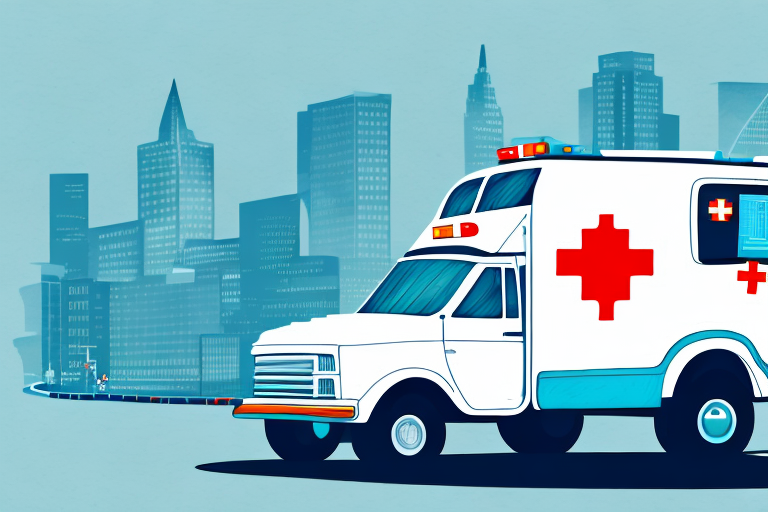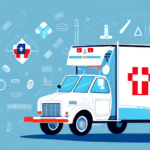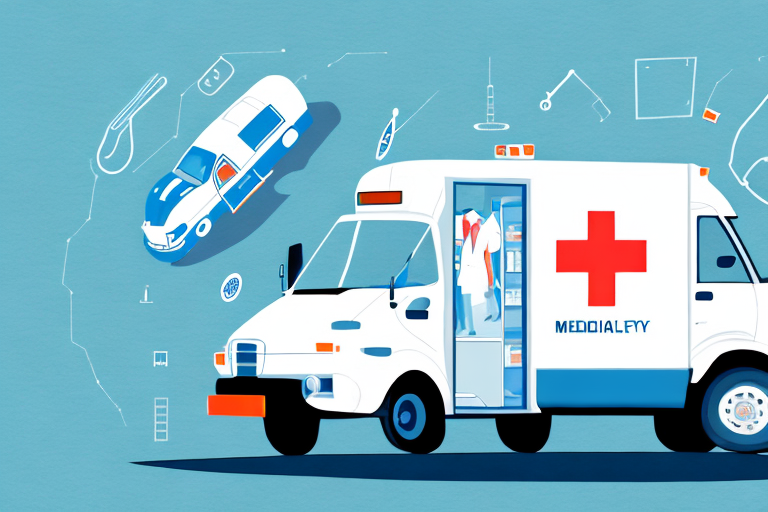The Growing Demand for Medical Delivery Drivers
The demand for medical delivery drivers has surged in recent years, driven by the expansion of home healthcare services and the increasing need for timely delivery of medical supplies. According to the U.S. Bureau of Labor Statistics, employment in medical delivery roles is projected to grow by 7% from 2021 to 2031, faster than the average for all occupations. This growth is fueled by an aging population and the ongoing shift towards outpatient care and telemedicine.
Becoming a Medical Delivery Driver: Requirements and Steps
Educational and Licensing Requirements
To embark on a career as a medical delivery driver, a high school diploma or GED equivalent is typically preferred. Candidates must possess a valid driver’s license with a clean driving record. Some positions may require a commercial driver’s license (CDL), especially for handling larger medical equipment.
Training and Certification
Prospective drivers must undergo specific training programs that cover safety protocols, handling of medical supplies, and confidentiality regulations such as HIPAA. On-the-job training is also common, where new drivers learn company procedures, route optimization techniques, and customer service standards.
Essential Skills for Medical Delivery Drivers
Communication Skills
Effective communication is crucial, as drivers interact with patients, healthcare providers, and medical staff. Being able to convey information clearly and empathetically ensures that deliveries are made accurately and that patients feel supported.
Time Management and Navigation
Medical delivery drivers must excel in time management to ensure timely deliveries. Proficiency in using GPS and other navigation tools is essential to optimize routes and avoid delays. According to a McKinsey report, efficient routing can improve delivery times by up to 20%.
Attention to Detail
Handling medical supplies requires meticulous attention to detail to prevent errors in delivery, such as ensuring the right medication is delivered to the correct patient. This precision is vital for patient safety and regulatory compliance.
Pros and Cons of the Medical Delivery Driver Profession
Advantages
- Job Security: With the growing healthcare sector, job stability is high.
- Flexible Hours: Many positions offer part-time or variable schedules.
- Meaningful Work: Contributing directly to patient care and well-being.
Challenges
- Physical Demands: Handling and transporting medical equipment can be strenuous.
- Irregular Hours: Deliveries may require working evenings, weekends, or holidays.
- Exposure to Hazards: Risks include traffic accidents and extreme weather conditions.
Career Outlook and Advancement Opportunities
Salary Expectations
The average annual salary for a medical delivery driver ranges from $30,000 to $50,000, depending on factors such as location, experience, and employer. Drivers with specialized skills or those working in high-demand areas may earn higher wages.
Advancement Paths
Opportunities for advancement include supervisory roles, training positions, and management. Experienced drivers may also choose to specialize in areas like medical equipment delivery or pharmaceutical logistics, enhancing their expertise and earning potential.
Technology and the Future of Medical Deliveries
Integration of Advanced Technologies
Technology is transforming the landscape of medical deliveries. Innovations such as route optimization software, real-time tracking systems, and automated delivery solutions are increasing efficiency and reliability. For instance, IBM's route optimization tools help drivers navigate the most efficient paths, reducing delivery times and fuel costs.
Impact of Automation
While automation and autonomous vehicles are emerging in the logistics industry, the demand for human medical delivery drivers remains robust due to the need for personalized customer interactions and the handling of sensitive medical materials.
Maintaining Work-Life Balance as a Medical Delivery Driver
Balancing the demands of the job with personal life is essential for long-term career satisfaction. Drivers should establish clear boundaries, schedule regular breaks, and utilize support systems to manage stress. Taking advantage of flexible scheduling options and engaging in self-care practices can help maintain physical and mental well-being.
Conclusion
Medical delivery driving is a rewarding career path that offers job security, meaningful work, and opportunities for growth. As the healthcare industry continues to evolve, the role of medical delivery drivers becomes increasingly vital in ensuring that patients receive the essential supplies and medications they need. By developing the necessary skills, embracing technological advancements, and maintaining a healthy work-life balance, individuals can thrive in this dynamic and impactful profession.




















